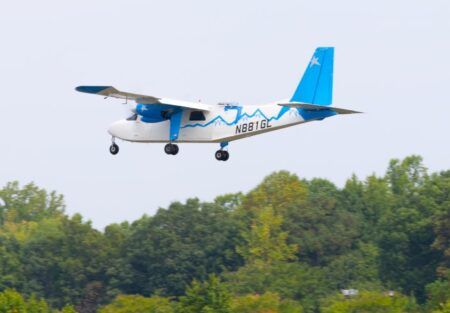Lockheed Martin F-35 Lightning II fighter aircraft are conducting Operational Test-1 (OT-1) aboard the Nimitz-class aircraft carrier USS Abraham Lincoln. The purpose of the testing is to evaluate the aircraft’s capabilities and suitability for operation within a carrier air wing.
Evaluators are assessing how well it performs with other aircraft and incorporates into an air plan, monitoring maintenance and identifying its logistics footprint. They are also testing the aircraft’s ability to pass on information to other F-35s in the air, legacy aircraft, carrier air wings, strike groups, and troops on ground.
“We hope to see how it integrates on board the ship,” said Rear Adm. Dale Horan, director, Joint Strike Fighter Fleet Integration Office. “Can we maintain it? Can we get the parts? Can we get it airborne? Can we repair it if it has a problem? Those are the kinds of things we are looking for.”
Apart from the F-35C’s suitability on a Nimitz-class aircraft carrier, the OT-1 program also assessed its effectiveness in real-world scenarios.
“The effectiveness piece is what we’re doing when we’re airborne and executing missions,” said Capt. Matt Norris, from the Joint Strike Fighter Operational Test Team. “We’ve been integrating with the strike group and accomplishing many missions like defensive counter air and anti-submarine warfare, for instance.”
Previously, F-35C and F/A-18 Super Hornet pilots have only conducted carrier qualifications together, so OT-1 marks the first time the F-35Cs have joined a carrier air wing to perform in a cyclic operations environment. In addition to Super Hornets, the F-35C is testing with E-2D Hawkeyes and EA-18G Growlers.
During these operations, aircraft simulate missions, practice aerial maneuvers, and take off and land continuously with brief pauses to allow for maintenance, fuel and ordnance changes.
“This is the first time we really see how the aircraft works on the aircraft carrier – how we do maintenance and sustain it while we’re at sea, how it integrates with the ship, how it interoperates with communications, datalinks, the other aircraft, and how we conduct missions and tie in to other aircraft when we conduct missions,” said Horan.





